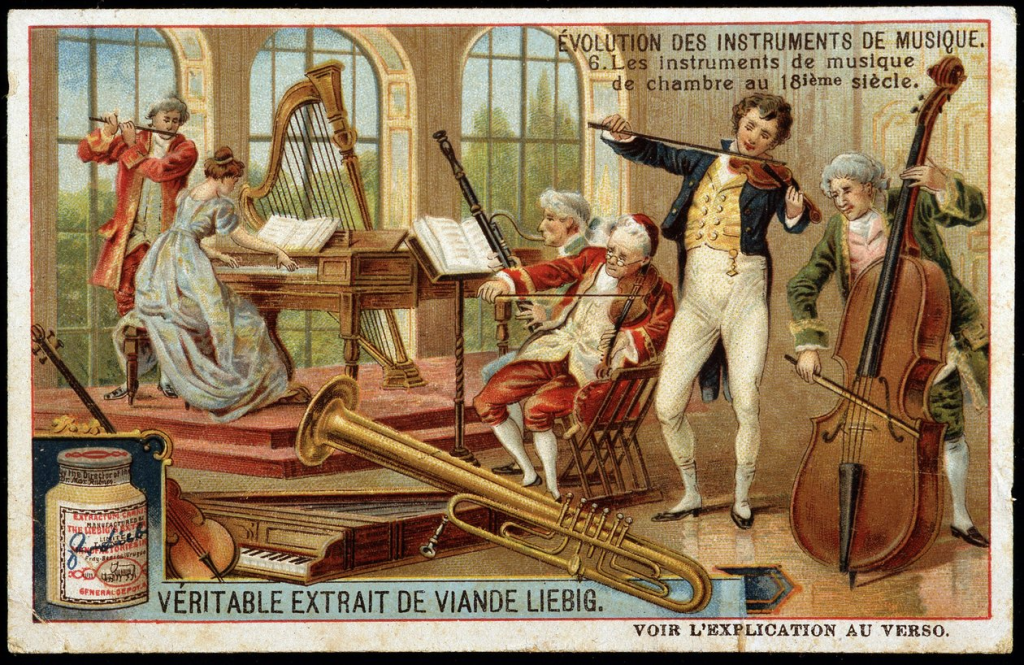The Power of Musical Building Blocks
Melody, Harmony, Rhythm, and Sonic Texture
Music has always been a combination of key building blocks: melody, harmony, rhythm, and sonic texture. At its most magical, these elements come together to form something emotionally resonant—something unforgettable.
But in the age of digital production and instant communication, the role of melody is diminishing in favor of texture and rhythm. This evolution reflects not just changes in music, but changes in how we communicate, live, and even think.

PRO TIP: What is Melody?
Functional vs. Concert Music: Serving the Vision
The Composer’s Dilemma
For modern composers in film, games, and television, music often serves a functional role—enhancing a visual story rather than expressing one’s artistic intent. This is a shift from traditional concert music, which exists purely to be listened to and interpreted by the audience.
As history reminds us, functional music is nothing new. Gregorian chants, for example, were religious and strictly controlled. Their melody floated above time, bound by theological rules. Yet they laid the groundwork for the melodic expressions that would evolve centuries later.
A Historical Look at Music’s Shifting Focus
From Rhythm to Melody to Harmony and Beyond
- Rhythmic Beginnings: Early music centered on rhythm, percussion, and beats shaped by hand and object.
- Gregorian Chant (Melody Only): A free-floating, monophonic tradition focused purely on sacred melodic lines.
- Homophonic Choral (Harmony Only?): Common in the 17th century, this featured block chords with little melodic independence.
- Polyphony: Multiple independent melodies layered to form harmonic context without relying on chords—exemplified by Bach.
- Modern Homophonic Music: From Mozart to Taylor Swift, melody takes center stage atop harmonic progressions.
- Sonic Texture & Production: In the 20th century, production quality and instrumentation gained importance as sonic signatures.
How Popular Music is Changing
EDM, Hip-Hop, and the Remix Revolution
In today’s music:
- EDM thrives on rhythm and sonic texture, often minimizing melody altogether.
- Rap emphasizes spoken word and rhythm, with melody used sparingly in hooks or choruses.
- Remixes reduce songs to catchy “sound bites,” often stripping away the musical narrative and complexity.
As our language evolves into shorter, punchier forms, such as tweets and emojis, so too does music adapt. We’re witnessing a reduction in complexity, not just in music, but in how we think and communicate.
Lyrics, Harmony, and the Emotional Hook
Songwriting as Expression and Interpretation
Music paired with lyrics offers a powerful duality, combining emotional resonance with textual meaning. A well-written melody supported by intentional harmony can completely change the emotional context of a lyric, intensifying joy, longing, or melancholy.
And then there’s the hook—that sticky melodic or rhythmic phrase designed to embed in your mind. Once a complementary element, the hook now often becomes the whole.
The Inevitable Evolution of Language and Music
Parallels Between Cultural and Musical Shifts
Just as our written language is evolving with character limits and digital slang, music, too, is reflecting this truncated, immediate communication style. We’re simplifying sentences—and melodies.
However, while some mourn the loss of musical depth, it’s essential to remember that music has continually evolved. From chant to jazz to EDM, the balance of musical elements is constantly shifting.
As cultural interpreters and creators, we may not stop the evolution—but we can help shape it.
FAQ’s – Is It All About the Melody?
1. Is melody still important in today’s music?
Yes—but its role is shifting. In many modern genres, such as EDM and rap, melody often plays a supporting or minimal role. However, in the traditions of singer-songwriters, pop, and classical music, it remains central.
2. What is functional music versus concert music?
Functional music serves a purpose beyond itself, like film scores or video game soundtracks. Concert music is written to be listened to for its artistic value, like a symphony or solo piano recital.
3. How does this relate to piano moving and storage?
A piano is a vessel of these evolving musical expressions. At Keyboard Carriers, we treat each piano—whether used for jazz, classical, or electronic production—with the same care and reverence, understanding its role in today’s shifting musical landscape.
Keyboard Carriers: Protecting the Instruments That Shape Our Culture
Music changes, but the piano remains a timeless medium through which composers, producers, and performers express the full spectrum of human emotion.
At Keyboard Carriers, we specialize in:
- Safe, insured piano moving in the Denver metro and surrounding areas
- Climate-controlled storage for pianos and keyboards
- Expert care for grand, upright, and digital instruments alike
👉 Contact us today to learn how we can help protect your piano and your musical voice—wherever it takes you.
